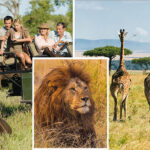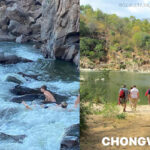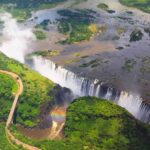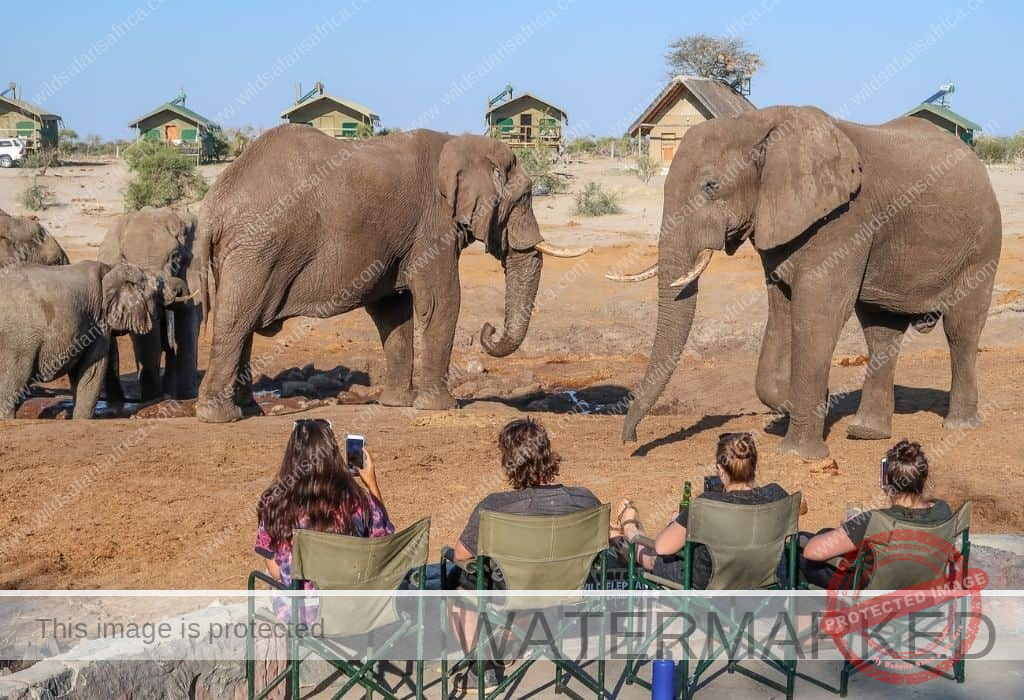
Chobe National Park is a true gem in the heart of Botswana, offering visitors an unparalleled wildlife experience. As the country’s first national park and one of the most biologically diverse, Chobe is a must-visit destination for any safari enthusiast.
Chobe National Park is renowned for its large elephant population, estimated to be around 50,000. However, the park is home to much more than just elephants. Visitors can expect to see a diverse array of wildlife, including:
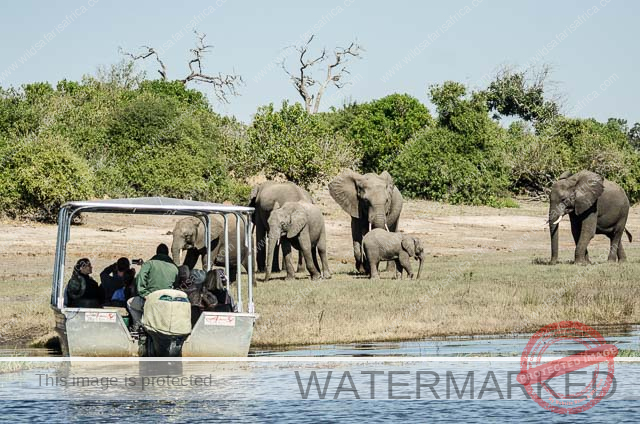

- Lions: Chobe has a unique population of lions that prey on elephants, mostly calves or juveniles.
- Leopards: These elusive predators can be spotted in the park’s woodlands and rocky outcrops.
- African Wild Dogs: Also known as painted wolves, these endangered predators are occasionally seen in the Linyanti area.
- Buffaloes: Chobe boasts some of the largest herds of African buffaloes in the world.
- Antelopes: A variety of antelope species can be found in the park, including the puku, which is only seen in Chobe within Botswana.
- Birds: Chobe is a birdwatcher’s paradise, with over 450 species recorded, including the African skimmer and southern carmine bee-eater.
Best Time to Visit
The best time to visit Chobe National Park depends on your preferences:
- Dry Season (May to October): This is the peak season for wildlife viewing, as animals congregate around the permanent water sources. The Chobe Riverfront is particularly busy during this time.
- Wet Season (November to April): Although wildlife is more dispersed, this is a great time to see newborn animals and lush vegetation. Prices are generally lower during the wet season.
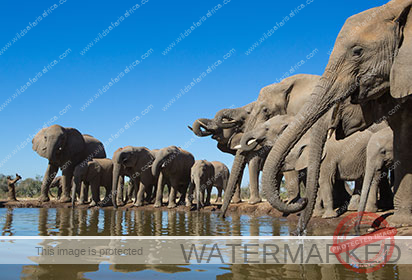
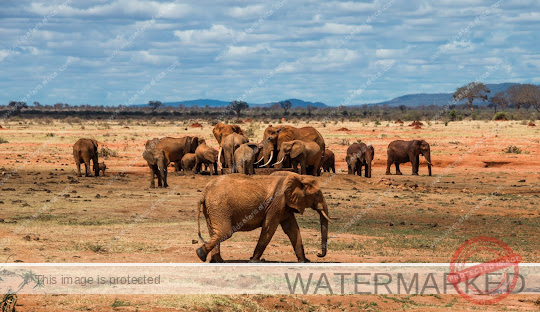
1.1 Visa and Entry Information to Botswana
- Visitors to Botswana will need a valid passport and may require a visa, depending on their nationality. It’s essential to check with the Botswana embassy or consulate before traveling.
- When entering Botswana, you will need to go through immigration at the Kazungula border post. Make sure to have your passport and visa (if required) ready.
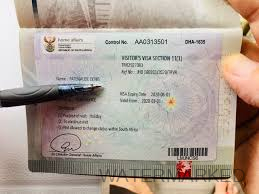
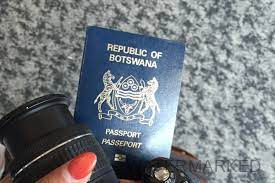
1.2 When is the Best Time to Go to Chobe NP?
- The best time to visit Chobe National Park is during the dry season, from May to October. During this time, wildlife congregates around the Chobe River, making it easier to spot animals.
- The wet season, from November to April, offers lush vegetation and the chance to see newborn animals, but the wildlife is more dispersed.
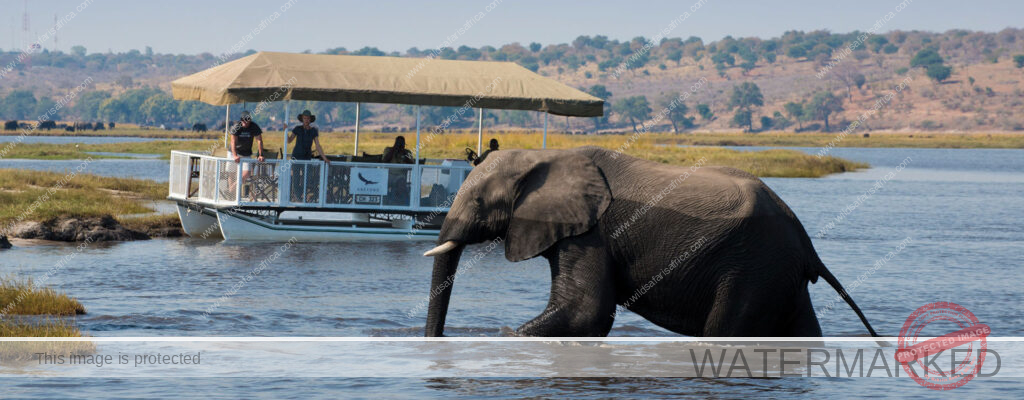
1.3 Health and Safety in Botswana
- Malaria is present in Botswana, so it’s essential to take precautions, such as using insect repellent and sleeping under a mosquito net.
- Drink bottled water to avoid stomach upsets, and be cautious when eating raw fruits and vegetables.
- Follow the instructions of your guide and keep a safe distance from wild animals.
1.4 Money and Tipping
- The Botswana Pula (BWP) is the official currency, but US dollars are widely accepted.
- Tipping is not mandatory but is appreciated for good service. A general guideline is $5-10 per person for the guide and $2-5 per person for the driver.
2. Arranging Your Day Trip to Chobe
- Book your day trip in advance to secure your spot, especially during peak tourist seasons.
- Choose a reputable tour operator that provides experienced guides and well-maintained vehicles.
- Inquire about what is included in the price, such as park fees, meals, and drinks.
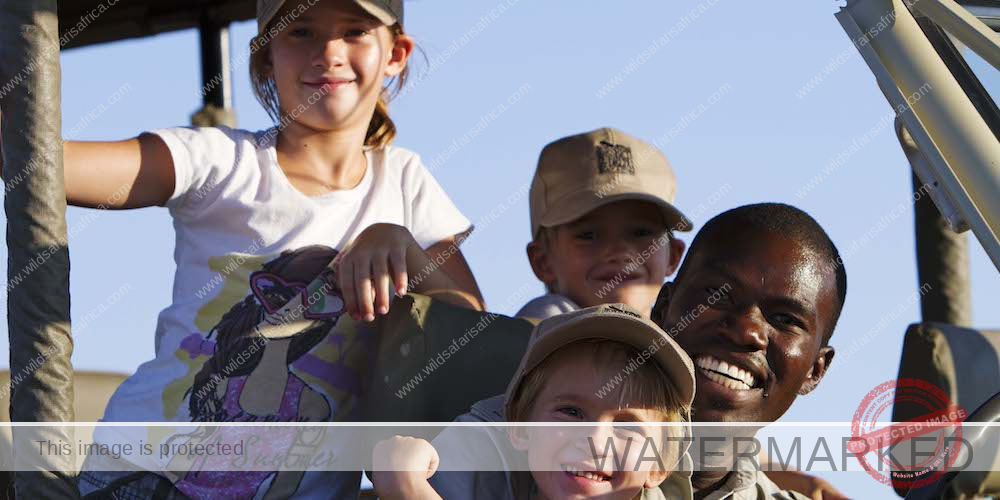

3. Chobe National Park: The Day Trip Adventure
3.1 Departure from Livingstone (Zambia) or Victoria Falls Town (Zimbabwe)
- You will be picked up from your hotel in Livingstone or Victoria Falls town in the morning, typically around 7:00 AM.
- The journey to the Kazungula border post takes approximately 1 hour from Livingstone and 1.5 hours from Victoria Falls town.
3.2 Border Crossing at Kazungula
- At the Kazungula border, you will clear customs and immigration before entering Botswana.
- Your Botswana guide will meet you on the other side of the border and accompany you for the rest of the day.

3.3 Morning Game Drive
- After crossing the border, you will head to Chobe National Park for a morning game drive in an open safari vehicle.
- Keep an eye out for the park’s abundant wildlife, including elephants, buffaloes, lions, leopards, and a variety of antelope species.
3.4 Afternoon River Cruise
- After a delicious lunch at a local restaurant, you will embark on an afternoon boat cruise along the Chobe River.
- The river cruise offers a unique perspective of the park’s wildlife, with the chance to spot elephants, hippos, crocodiles, and a variety of bird species.


4. Chobe Day Trip from Victoria Falls
- A Chobe day trip from Victoria Falls is a popular option for visitors who want to experience the park’s wildlife without spending multiple nights there.
- The day trip includes round-trip transportation from Victoria Falls town, a morning game drive, an afternoon river cruise, and lunch.
- It’s important to note that the day trip involves several hours of travel time, with at least 1.5 hours each way between Victoria Falls and the Kazungula border.
By following this essential information, you can plan a memorable and safe day trip to Chobe National Park from either Livingstone or Victoria Falls. Enjoy the stunning landscapes, diverse wildlife, and warm hospitality of Botswana on this unforgettable adventure.
Popular Safari Packages
1-Day Dinner Cruise on the Zambezi River
4-Day Luxury Victoria Falls Fly-In Safari
Victoria Falls 12-13 minutes Helicopter Flight

